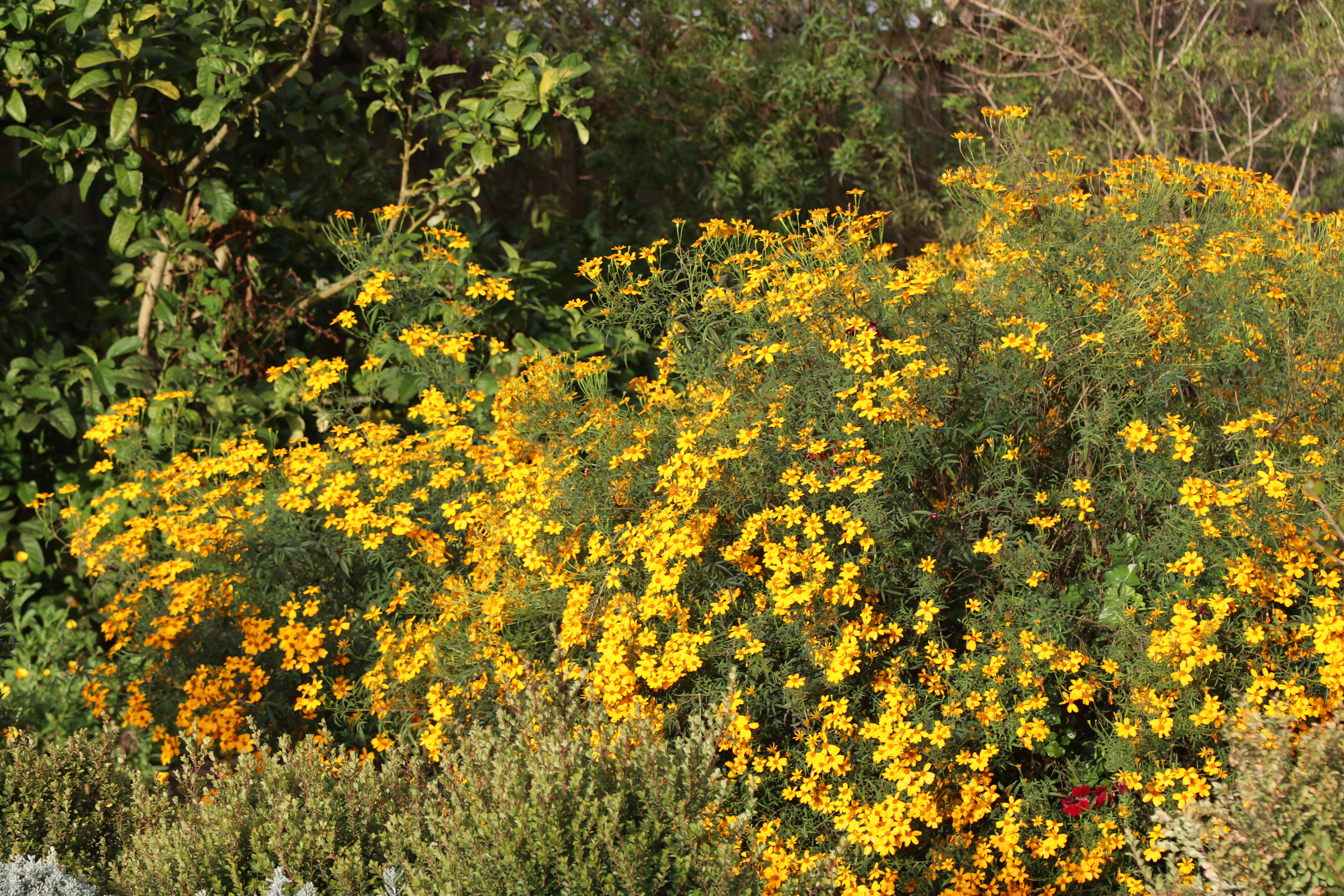Physical characteristics
A woody, open,
Flowers and foliage
This large member of the marigold family produces single bright
Preferred site
Prefers
Preparation for planting
Always choose healthy, well-grown
Maintenance tips
Apply an organic mulch
Ecological and biodiversity benefits
Bees and pollinators love the flowers.
Pests and diseases
Protect young
Location at Auckland Botanic Gardens
Herb Garden




.jpg?width=1200&height=1200&v=1d4024dceb89e50)

.jpg?width=1200&height=1200&v=1d5569224d63650)
 .jpg?width=1200&height=1200&v=1d4024df6ce2770)
.jpg?width=1200&height=1200&v=1d55676a892f2b0)
 .jpg?width=1200&height=1200&v=1d4024e3b65f7f0)